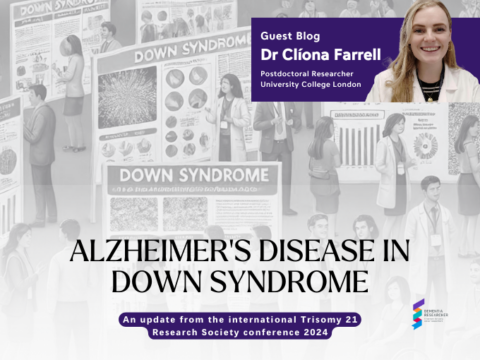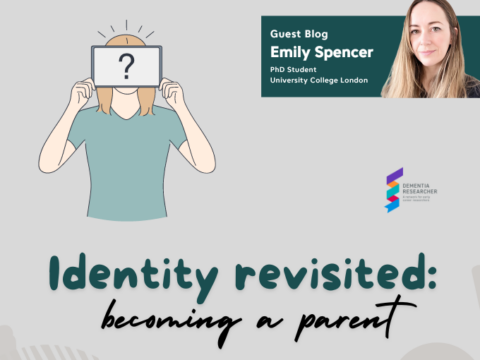When you think about it, it’s pretty amazing how far technology has come on in recent decades. One field in which technology has come on leaps and bounds is within neuroscience. Imaging the brain has always been a little tricky, because it’s encased in a skull. Obviously having a skull is important as it protects our precious brain from damage, but it has made looking inside our brain a little tricky. For example, even 50 years or so ago there was no way we could see what was going on inside a living brain. In the past, we used to get our information about the brain from autopsy studies, where correlations could be made between damage to a specific part of the brain and a person’s behaviour (an area of research called neuropsychology). But, we now have some astounding techniques that can give us an insight into what’s happening inside the brain, even at the single blood vessel and cellular level! These relatively new technologies are now being utilised to study some of the most pressing public health issues of our time.
So, I thought I’d use this month’s blog to talk to about how two-photon microscopy can be used to help us learn more about Alzheimer’s disease.
What is two-photon microscopy?
As I’m from a psychology background and not a physics one it has been a steep learning curve learning about the complexities of two-photon microscopes. However, it’s been really interesting learning about how they work and how they can be used to image the brain.
Firstly, what you need to know is that light is made up of particles called photons. When light is shone into a sample these photons are absorbed and scattered. Think back to GCSE or high school physics classes and imagine the electromagnetic spectrum: the diagram that showed you the different wavelengths of light, going from UV light (with shorter wavelengths), to visible light, to near infrared light (with longer wavelengths). The amount of absorption and scattering of light can be impacted by the wavelength of light used. Near infrared light, with its longer wavelength has less energy. However, when shone into biological tissues (such as a brain) there is less absorption of light by the tissue. This means that using this wavelength of light allows you to image deeper into a sample – which is pretty important when imaging the brain!
Another important thing to know is that light can be used to visualise different structures within tissues, by taking advantage of special chemical compounds. These compounds are called fluorophores. Fluorophores are pretty cool, because you can shine light of one wavelength at them, they become all excited and then they reemit light of a different wavelength. This means that you can use one wavelength of light to excite specific fluorescent dyes or proteins and then another wavelength of light to visualise these dyes or proteins. And this is the basis of fluorescent microscopy – where lasers can be used to visualise different tissues in a sample. There are lots of different florescent dyes or proteins that can be used to image the brain, some can be used to give an insight into the blood vessels, neurons, and other cells of the neurovascular unit such as astrocytes and even pericytes.
So, now you’ve got a bit of background into the physics of it all let’s get back to the wonderful two-photon microscope. Two-photon microscopy uses light of the near infrared wavelength (this is longer wavelength light with less energy). Because it uses this longer wavelength the tissues absorb less, which means that this wavelength is great for imaging deeper in a sample, perfect for the brain! Not only can two-photon microscopy be used for deeper imaging, but it can also be less damaging to the tissue (which is especially important if using live tissue). This is because of the two-photon excitation, two photons are shone onto a sample and in order to excite those special fluorophore proteins we mentioned they have to hit at basically the same time, this means the laser is more focused and only the area of interest is excited!
How can it be used to help our understanding of Alzheimer’s disease?
There is still lots we need to learn about Alzheimer’s disease. But we do know that in Alzheimer’s disease, proteins such as amyloid and tau build up within the brain. These proteins can clump together and damage neurons. And one of the proteins, can even build up, wrap around and damage blood vessels inside the brain. Recently, research has focused on how blood flow may also be important in Alzheimer’s disease. With research suggesting that a reduction in blood flow (which can be due to a number of factors) may also be important in the development of Alzheimer’s disease. As Alzheimer’s disease is a brain disease that can impact blood vessels and blood flow this is where two-photon imaging can come in handy, as two-photon microscopy can be used to image at the single vessel and cellular level!
Special dyes (like those fluorophores I mentioned earlier) can be used to label blood plasma in the brain, this allows researchers to see blood vessels inside the brain. Not only can researchers see the blood vessels but dyes can also be used to label some of those proteins that build up in the brain in Alzheimer’s disease, such as amyloid and we can see how they impact blood vessels and even neurons in the brain. Specific cells within the brain can also be labelled too, such as neurons (and even specific types of neurons). Labelling neurons is super helpful as we can then investigate how neurons and blood vessels together are impacted by the build-up of proteins in the brain and how this may impact blood flow. Two-photon microscopy is even able to measure blood flow in the brain, by looking at the dilation of the vessels!
I’m incredibly excited to continue learning this new technique and hopefully I’ll get to apply the skills I’ve learned once I’ve finished my PhD! I hope this blog gave you a little insight into what two-photon microscopy is and how it can be a helpful tool in helping us learn more about the effects of Alzheimer’s disease at the single vessel and cellular level.
Sources/References
www.abcam.com / www.photometrics.com / www.ibidi.com

Beth Eyre
Author
Beth Eyre is a PhD Student at The University of Sheffield, researching Neurovascular and cognitive function in preclinical models of Alzheimer’s disease. Beth has a background in psychology, where she gained her degree from the University of Leeds. Inside and outside the lab, Beth loves sharing her science and we are delighted to have her contributing as a regular blogger with Dementia Researcher, sharing her work and discussing her career.

 Print This Post
Print This Post




